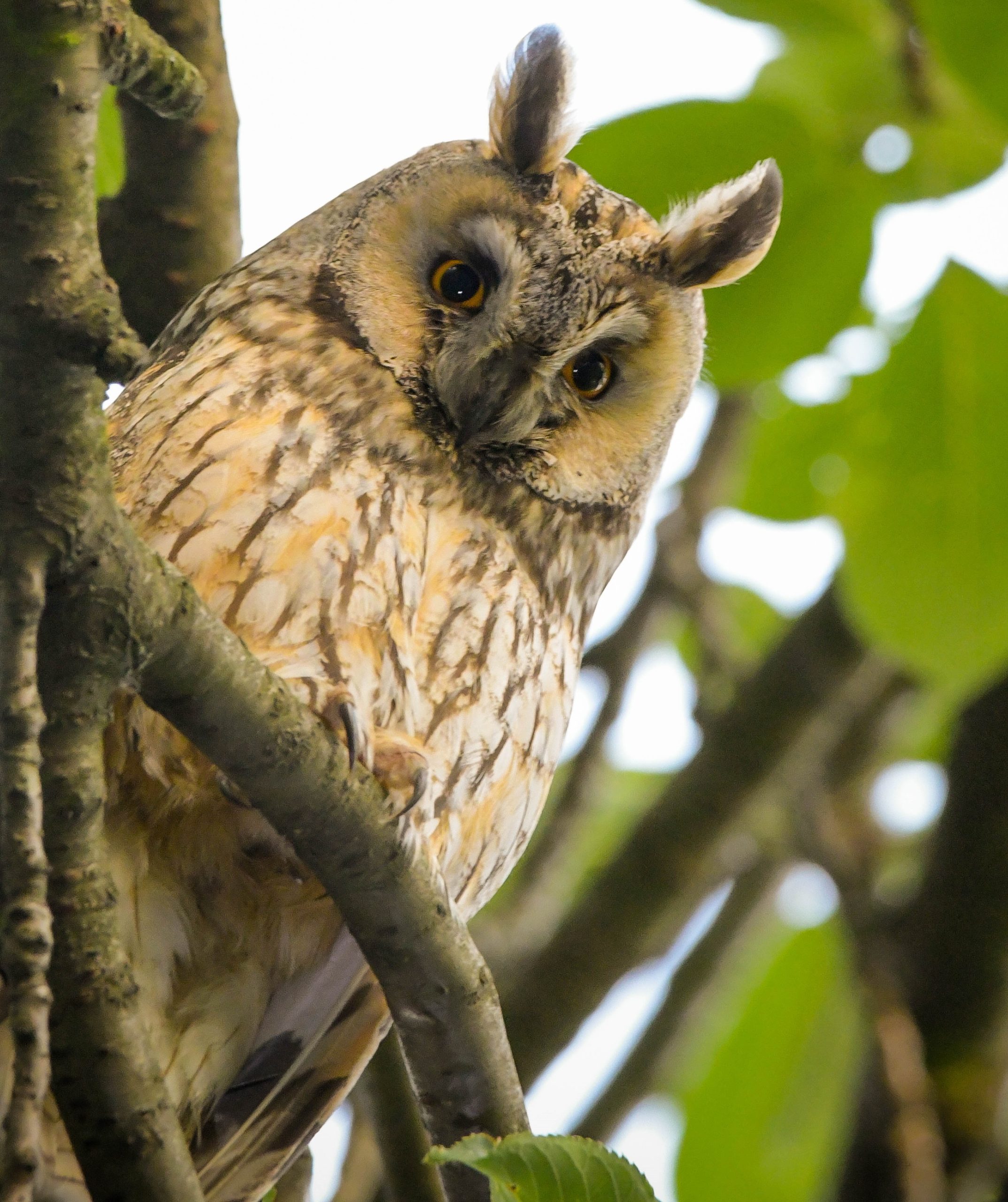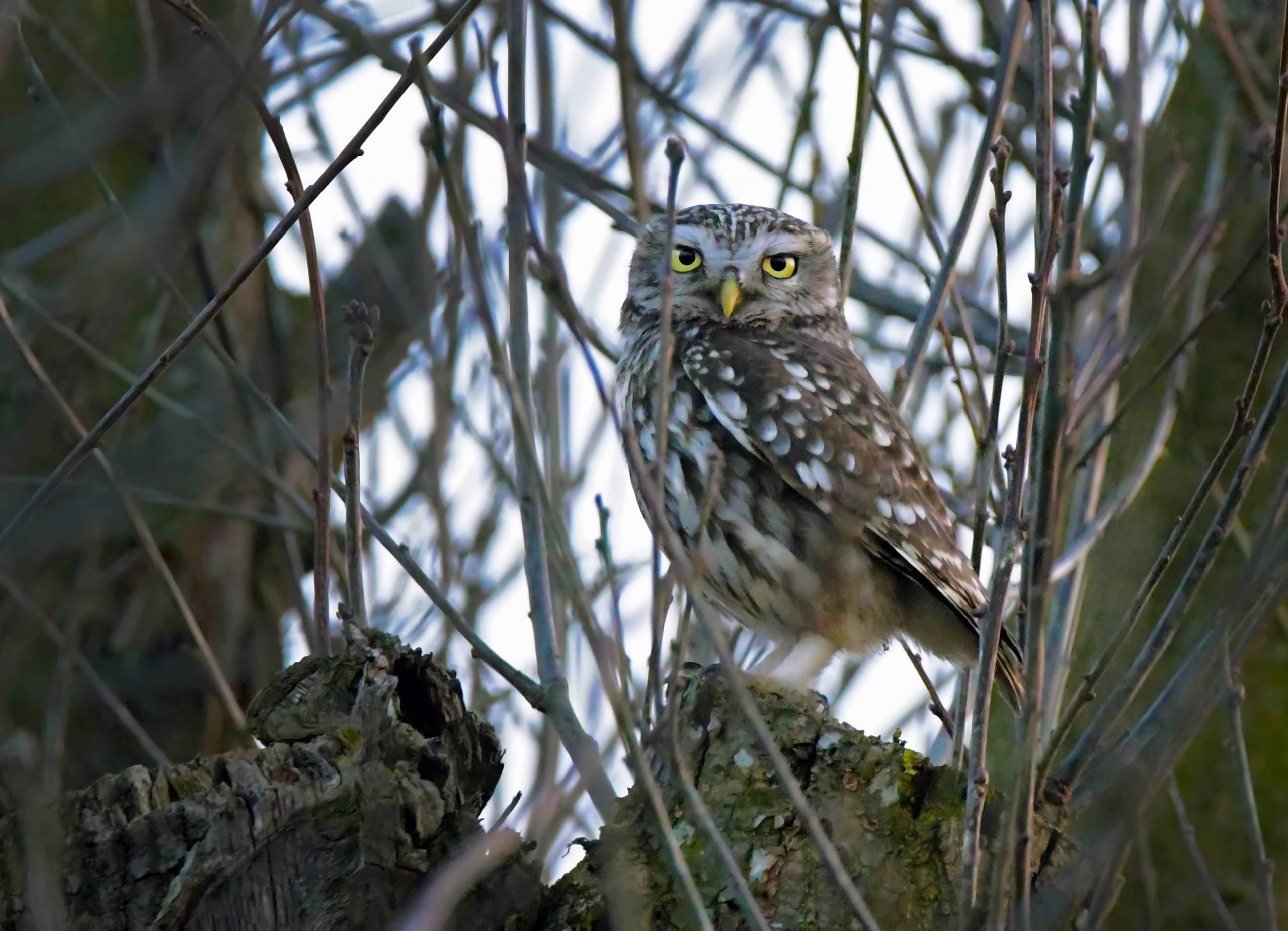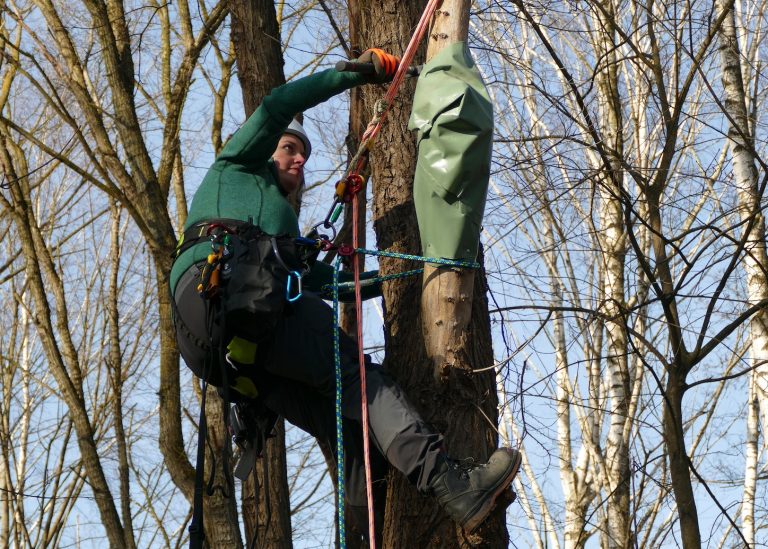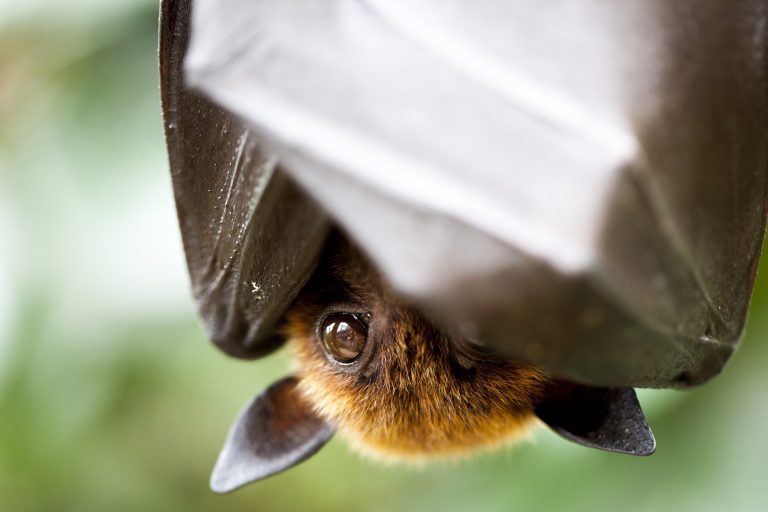For many years, the number of animal and plant species has been steadily decreasing. In 1973, the United Nations General Assembly passed a resolution declaring March 3 World Wildlife Day to commemorate the Washington Convention (CITES 1973) . The wildlife convention aims to protect and conserve endangered wild animal and plant species.

Contact
DB Engineering & Consulting
EUREF-Campus 14
10829 Berlin
Germany
First wildlife conservation, then project implementation
Implementing a construction project often involves unavoidable interventions in nature and the landscape. Our environmental experts pay attention to wildlife conservation and develop environmental restoration measures during the design and implementation of construction projects. Early and complete consideration of all wildlife conservation concerns is a prerequisite for the relevant planning and approval procedures. Expert studies on species distribution must be carried out in advance of any construction project. A wildlife conservation assessment (ASP) in accordance with section 44 of the German Federal Nature Conservation Act (BNatSchG) helps to determine whether the planned project violates prohibitions under wildlife conservation law. The ASP requires that the population of the existing assessment-relevant species and their habitats be carefully documented.
For the 2021/22 mapping season, DB E&C was commissioned by DB Netz to conduct a comprehensive survey of planning-relevant animal species for a total of four planning approval sections of the upgraded line (ABS) between Oberhausen and Emmerich am Rhein. Our environmental experts documented the presence of reptiles, amphibians, mammals and birds on about 30 km of the line.
As the world slept at night…
…our environmental experts got to work. Along the ABS, our team was on the lookout for a special group of species – the nocturnal hunter, the owl. The area surveyed covered a variety of habitats ranging from urban to agricultural and forestry landscapes. This diverse landscape along the Lower Rhine boasts astonishing biodiversity, including a wide range of owls, such as the tawny owl (Strix aluco), long-eared owl (Asio otus), barn owl (Tyto alba) or little owl (Athene noctua).
Almost all our native owl species are considered endangered in Germany and are dependent on supportive measures for their continued survival.

Conservation in action through owl mapping
Nocturnal bird mapping determined the actual presence of owl species and how they may be affected by the construction project.
From dusk to midnight during the main breeding season between February and April, pre-recorded territorial calls of males from the respective species were played back at pre-determined points on the line. If a breeding territory is within earshot, the resident male responds to the supposed rival to signal his presence and stake out the territory. This method is used to reliably record the population and allows precise geotagging of the territory and future breeding site. To provide evidence of breeding, final owl mapping was performed in the summer months. This involved checking for current breeding activity within the geotagged territories previously identified in the impact area and determining if they were potentially affected.
Planning of wildlife conservation measures
The population study delivered the following result: protected animal species were discovered in the study area. Based on the findings, our experts are currently planning compensatory measures for the permanent ecological conservation of the owl species, such as the construction of technical overflight aids with underplanting of native trees and shrubs, the preservation of documented breeding trees, and extensive restoration of attractive land that satisfies species-specific nesting and foraging habitat preferences.





